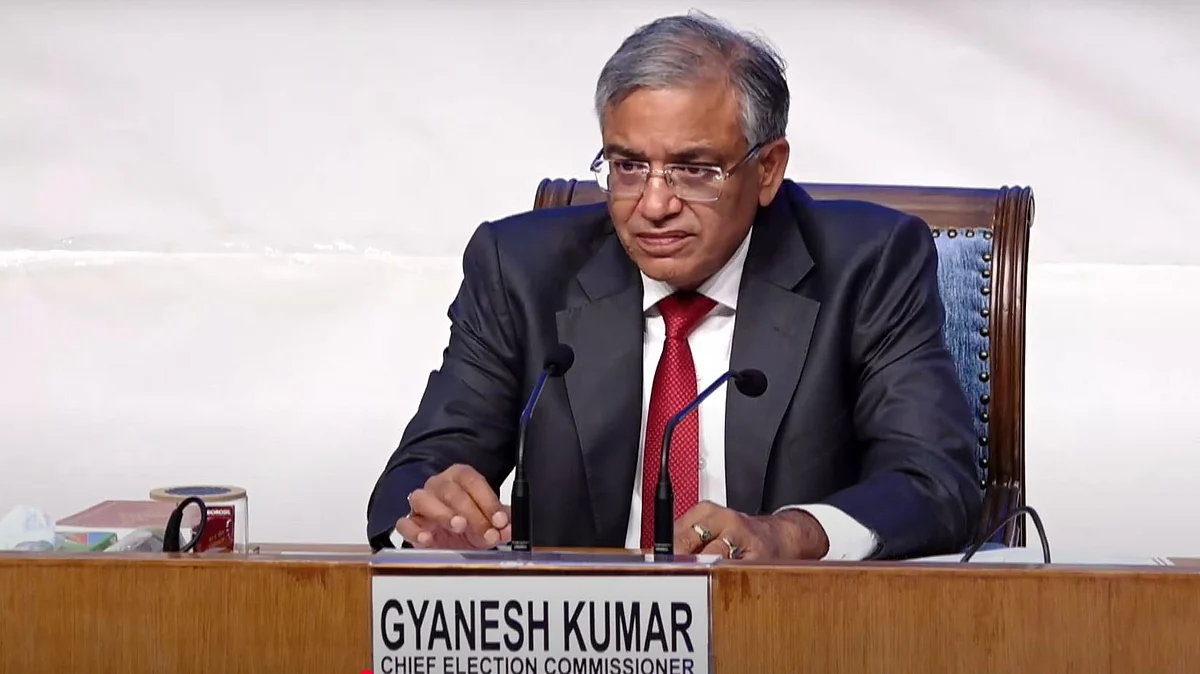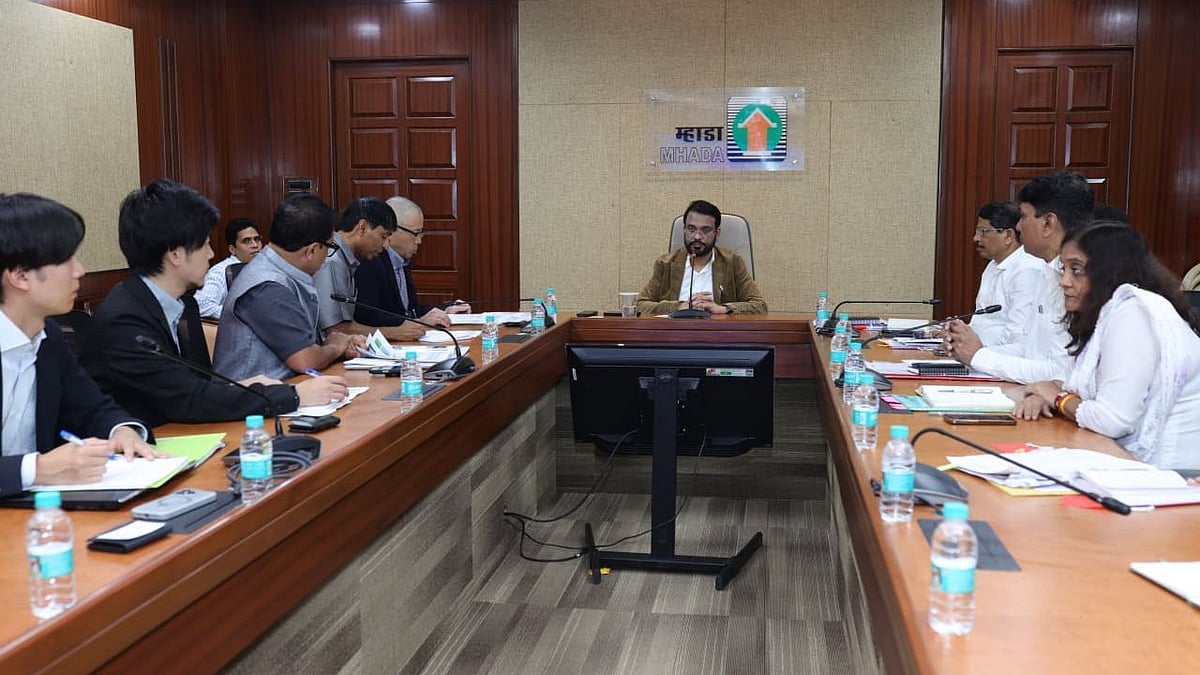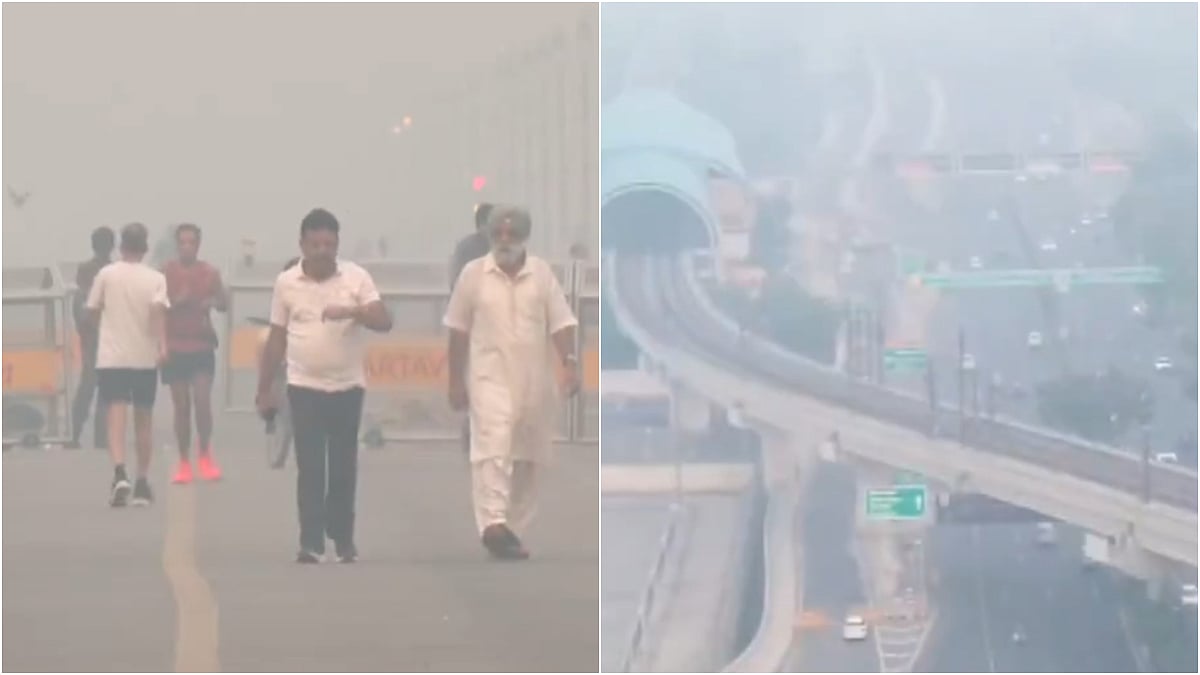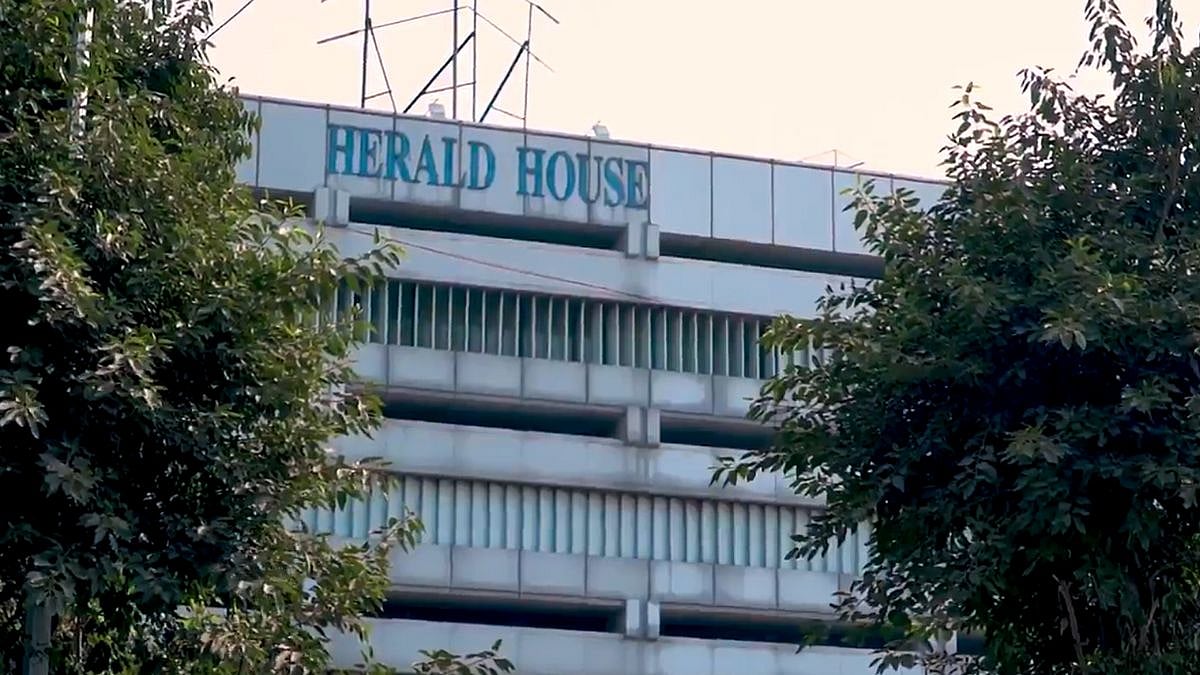The potent combination of politics and religion in an overtly religious country, where 80% of the population is Hindu, can never be underestimated. Mixing religion with politics is not a new phenomenon in India and no political party is a stranger to religious pandering. But it has never been done so brazenly as is the case now. With Hindutva and polarised politics having gained centre stage, the BJP is not only revelling in it but has weaponised religion to promote its saffron vision.
There was a time when we took pride in secularism, however flawed it might have been. Now secularism has become a pejorative term and has been replaced by majoritarianism. As a result, religion is no longer a matter of private faith but an expression of religiosity, cultural resurgence, and nationalism. So, when we are reminded that genuine patriotism stems from taking pride in the construction of the Ram temple, which serves as an affirmation of religious faith, it obviously means that an excessive emphasis is being laid on making religion the be-all and end-all of our existence.
What is of major concern is the tendency among political parties to mix religion with politics for electoral gains. Not that using religion for political gains is a new phenomenon in Indian politics, but the tendency to use it more emphatically and brazenly to influence voters and electoral outcomes is certainly a recent phenomenon that can be ascribed to the BJP’s rise to power at the Centre in 2014. Majority in parliament has been the driving force behind the rise of majoritarian politics, more so after the BJP’s emphatic victory in the 2019 Lok Sabha polls and political breakthroughs in most of the central and Hindi heartland states, which is the nerve-centre of saffron politics.
Strident Hindutva-driven politics had led to polarisation and anti-minorities discourse, which has had a debilitating effect on secularism. As a result, constitutional values, and political proprieties of the pre-2014 era have taken a back seat, giving rise to fears of a transformational change in India’s diverse, pluralistic, and secular landscape. Since the inauguration of the Ram temple on January 22 goes beyond mere religious celebration, the question one needs to ask is: does the construction of the temple symbolise justice and triumph for Hindus or does it represent injustice for the Muslims and minorities in general? The answer hardly matters and no one really cares amidst a divisive and unchallenged narrative of a leader and his party fulfilling a ‘national dream’.
Armed with the Supreme Court judgement on the contentious mandir-masjid issue, which paved the way for the construction of the temple, the BJP sees the Ram temple as an ideological triumph and an assertion of dominant Hindu identity, which Prime Minister Narendra Modi’s leadership exemplifies. The Opposition is silent, caught as it is in a dilemma for fear of losing the majority community’s support. Having ceded ground in the symbolic Ayodhya battlefield, the Opposition’s silence may be tactical. But it has allowed the BJP and its leadership to claim credit for galvanising the faith and transforming the temple into a symbol of an ideological agenda beyond election manifestoes.
Questions can be asked whether we need such a grand and imposing temple edifice to prove our religiosity and faith in God. An expensive and magnificent religious structure may not necessarily explain genuine religiosity. Leaving aside religious belief, it is also pertinent to ask what difference does a grand temple make in the lives of multitudes of impoverished people crushed by penury and destitution, struggling to make ends meet? But such questions hardly matter to the ruling party, its leadership, and its supporters because the decision to construct a temple in Ayodhya on a grand scale is intrinsically linked to its core ideological agenda to promote muscular and religious nationalism symbolising triumph of one faith over the other.
Construction of the Ram temple in Ayodhya has been the part of the BJP’s manifesto since 1989. Obviously, more than religiosity, this has been a political game plan in its electoral journey to capture political power at the Centre. Having done that and benefiting from the legal victory in the knotty Ayodhya title suit case, it was a foregone conclusion that, with the general election just a few months away, the BJP will go ahead with the temple inauguration in January 2024. The synchronicity with the Lok Sabha poll underscores the strategic acumen of the BJP leadership. With media incessantly echoing aggressive Hindutva sentiment in its coverage of the consecration ceremony, the temple issue is poised to dominate political discourse in the run up to the general election.
There is little doubt that the January 22 event will help solidify BJP’s standing among the electorate beyond its core vote bank and elevate Modi’s image as a leader with Hindu ethos. How the Opposition, clearly on the backfoot, strategises to counter it remains to be seen. The Ram Mandir inauguration not only galvanises the faith but also signifies social and cultural resurgence beyond religious celebration. It is quite likely that efforts will be made to turn it into a symbol of the RSS’s vision of Hindu Rashtra, given that the Ram temple is not just about bricks and mortars, but a part of an ideological architecture that conflicts with secularism and democratic ideals. This is why there is a concern that if Modi’s bid for power for the third term is successful and BJP gets majority once again, it might lead to changes in India’s constitutional landscape.
However, this does not mean that the Opposition has already lost the 2024 battle and there will be no challenge to Modi and his party. It is a given that with the temple, the BJP will try to include the legally-upheld Article 370 abrogation to ‘integrate’ Kashmir with mainstream India and the promise to introduce common civil code if elected to power in its ‘Hindutva-nationalism’ package for 2024 election. But it isn’t as though there are no challenges staring BJP in the face: it has to work doubly hard to retain the maximum gains it notched up in the Hindi heartland and the west in 2019. On the other hand, having handed Modi the narrative he craves, the Opposition must work even harder to deny Modi a third term. Amidst echoes of the temple inauguration resounding in the Hindi heartland, whether the I.N.D.I.A bloc has the resilience, unity, and vision to reclaim the lost ground it has ceded to Modi and his party remains to be seen.
The writer is a senior independent Mumbai-based journalist. He tweets at @ali_chougule









